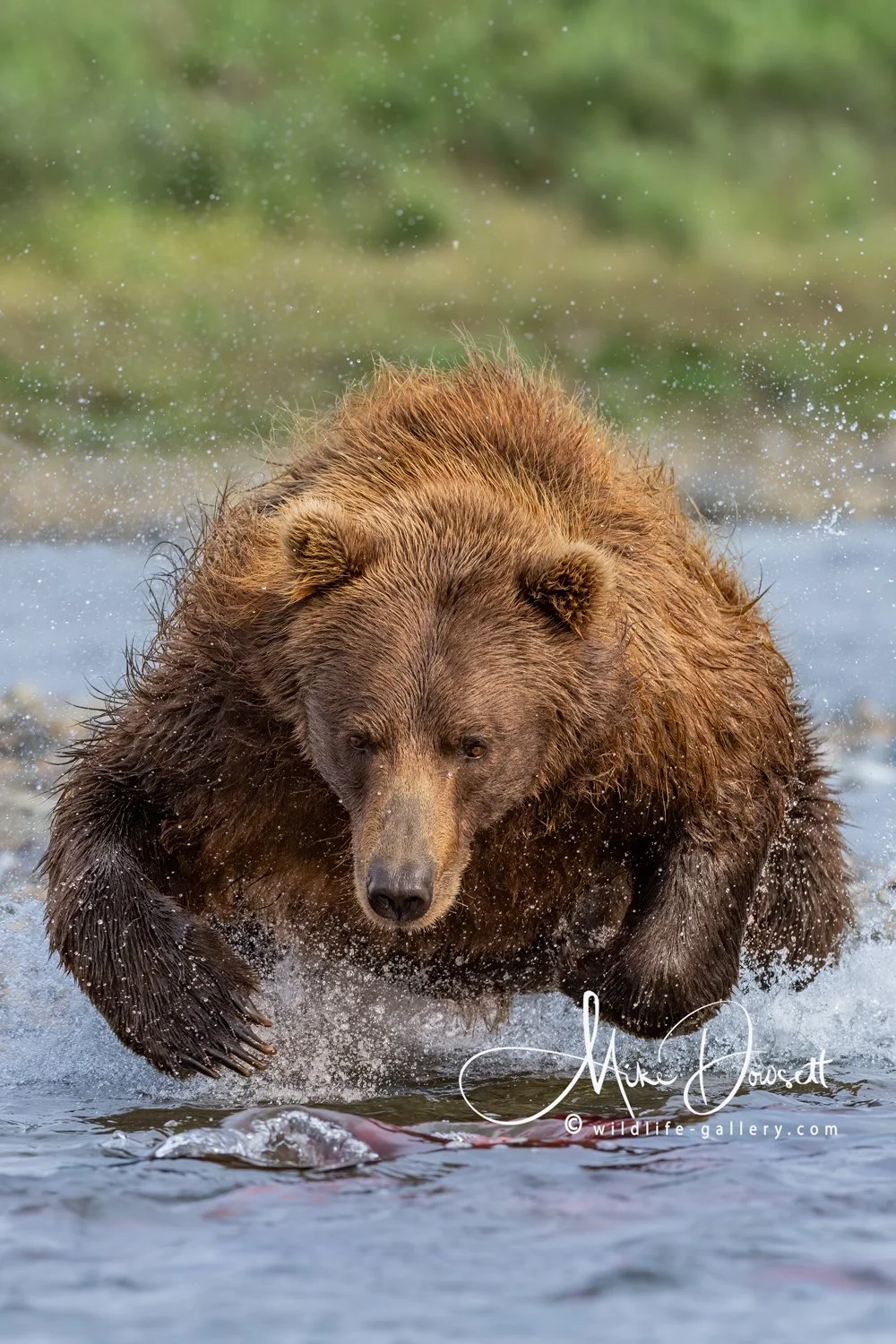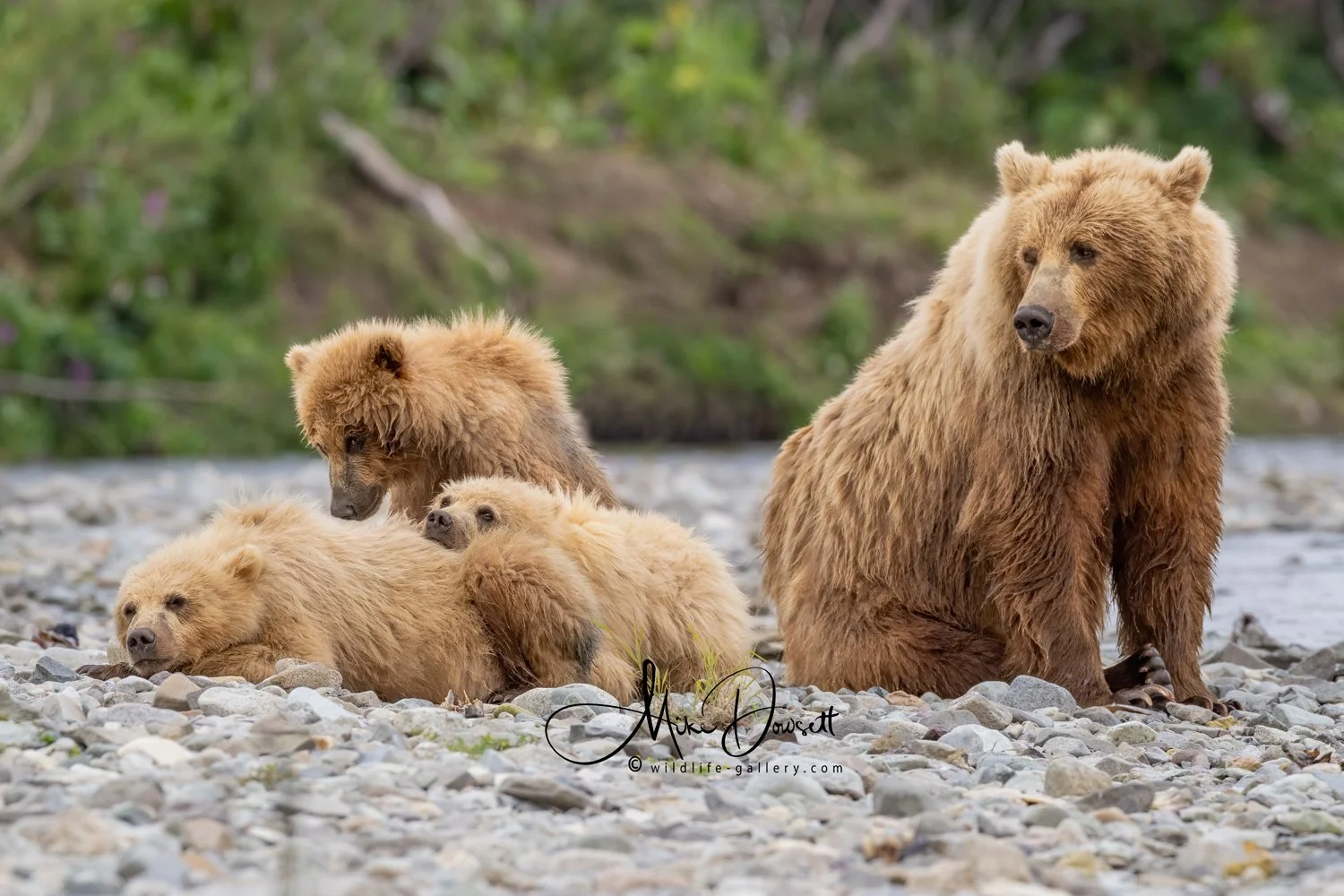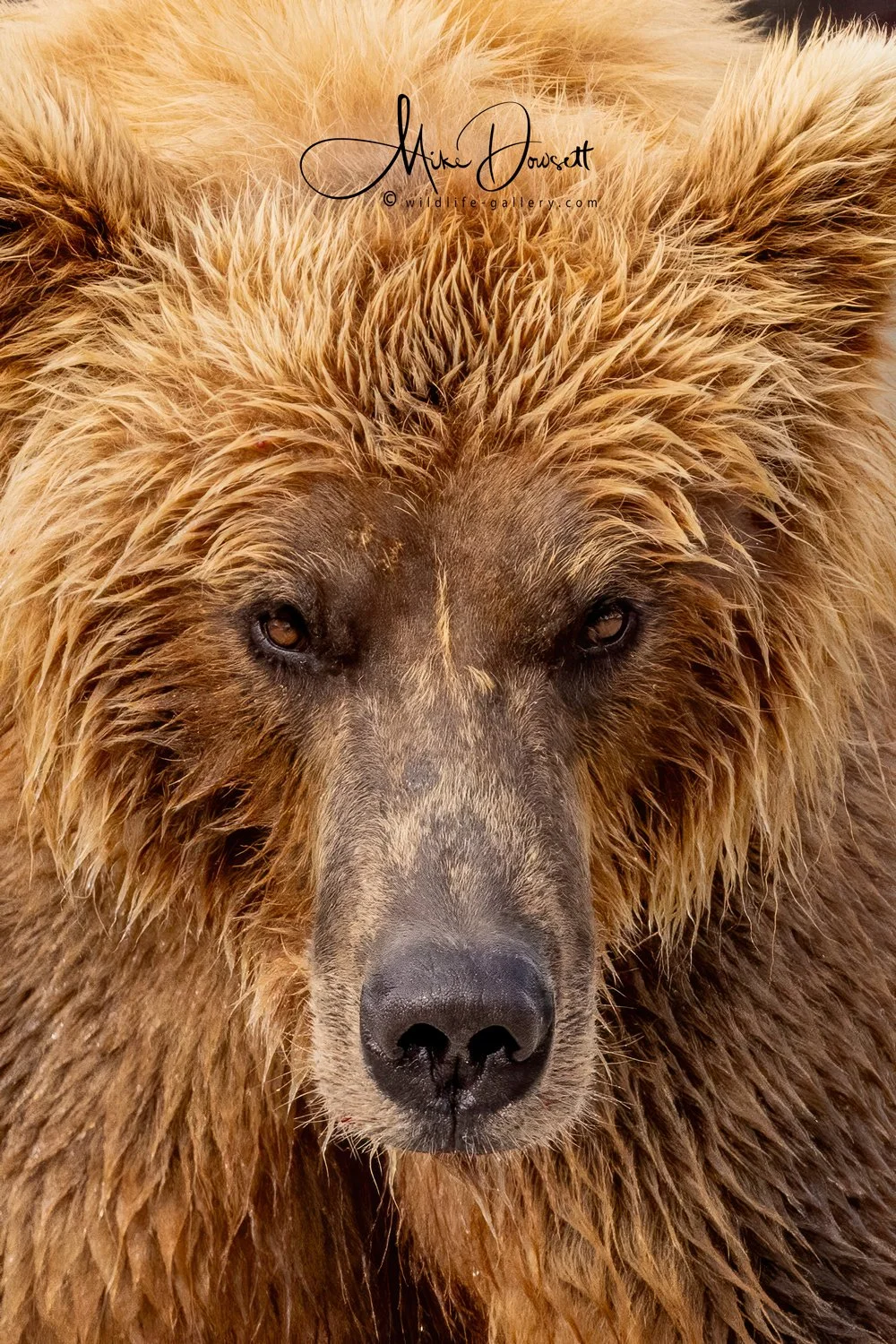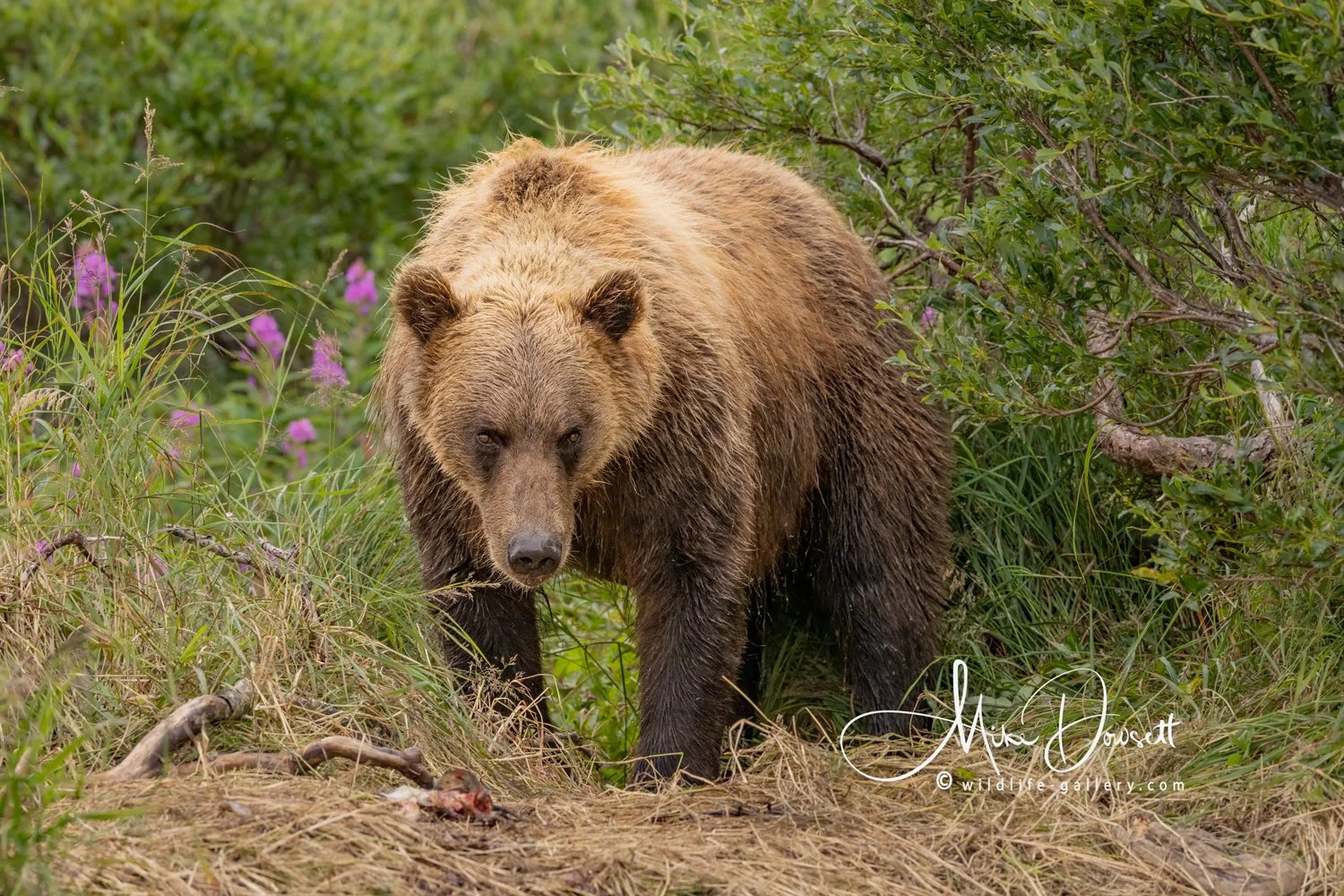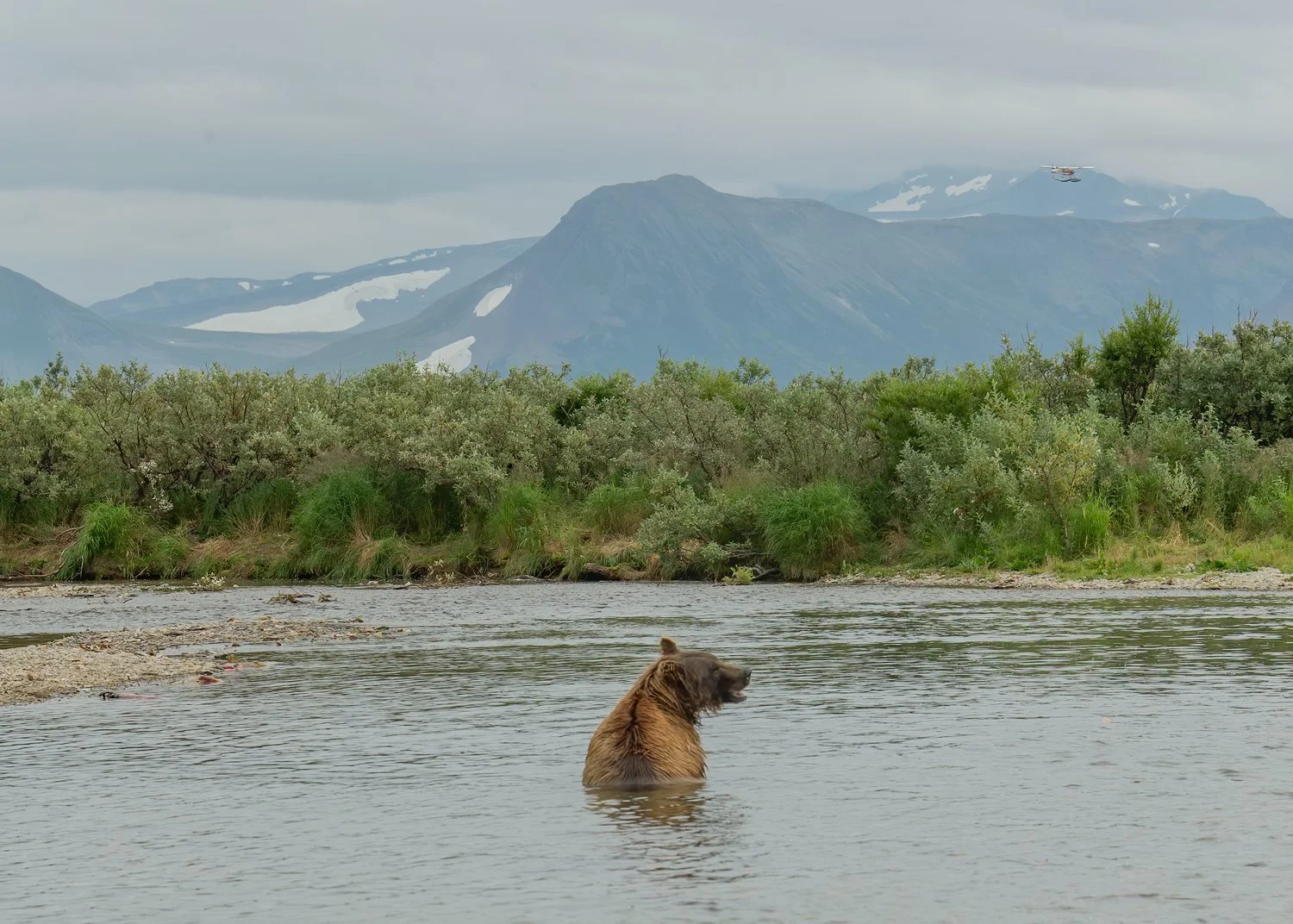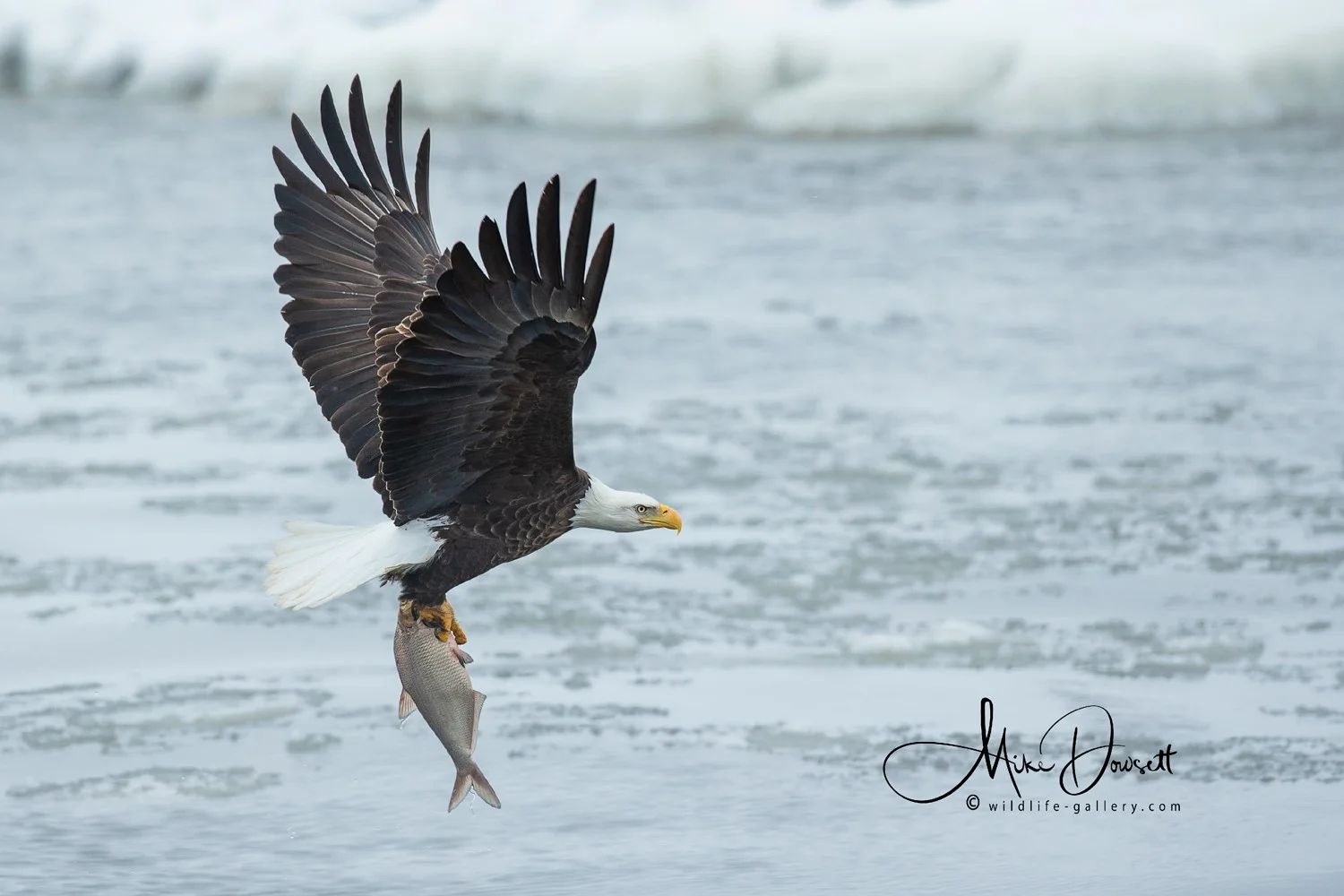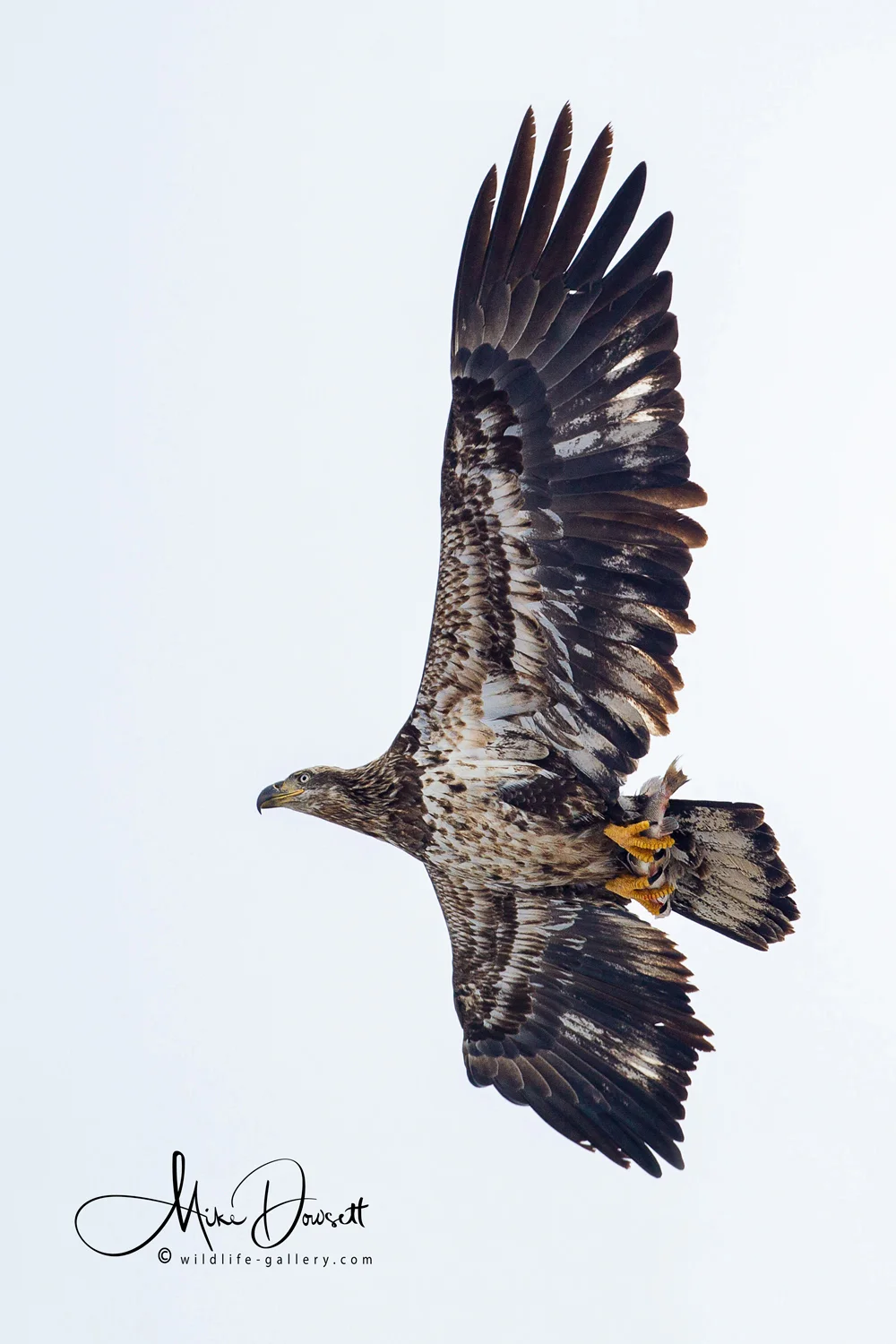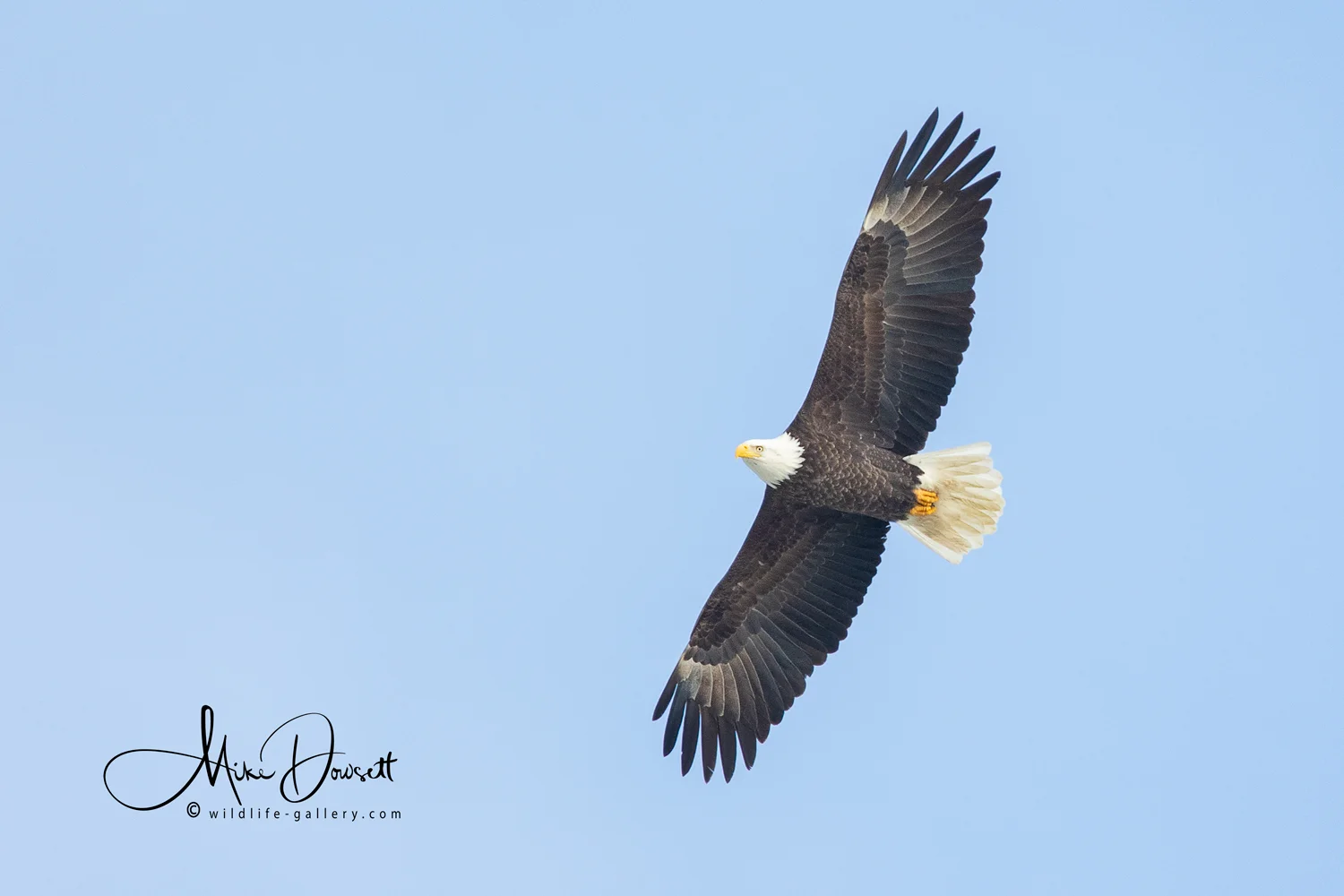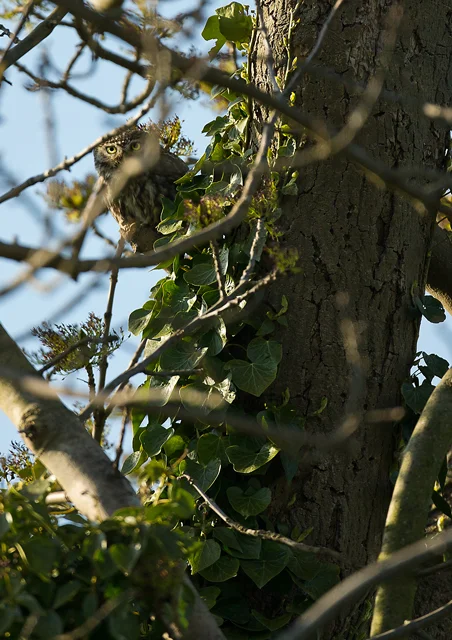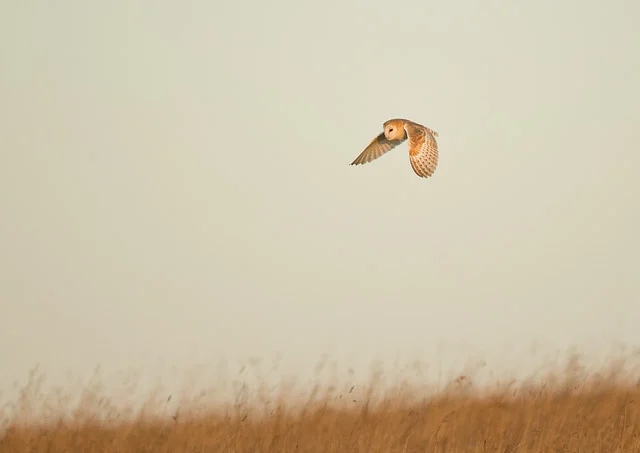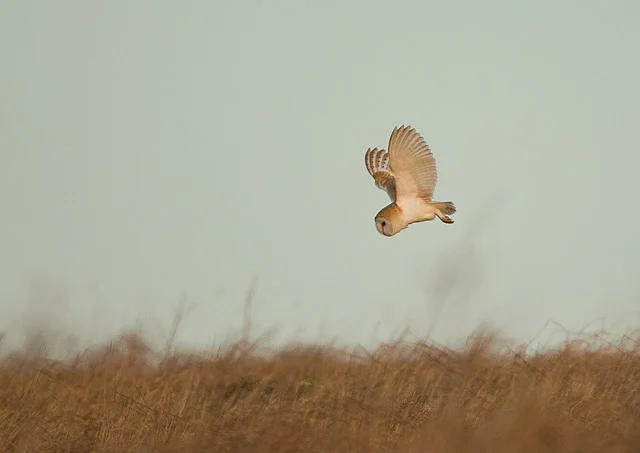Grizzly Bear photography in Alaska = The trip of a lifetime.
August 2023 and my top bucket list item was finally ticked. What an incredible adventure!
A huge mature Grizzly Bears with damp fur, from a morning of fishing in the Katmai mountain creeks
My wife Kimberly and I spent just over a week in Southern Alaska, flying out to different locations every day by float-plane, from our base on Lake Iliamna. Hiking through the mountains and wading through the creeks, looking for Grizzly Bears is a strange mixture of excitement, anticipation and fear. On three occasions Kimberly and I stood ‘large’ and spoke loudly as a 500-600lb Grizzly walked in our direction; less than 30’ away, as we waded through mountain creeks.
Travel by float-plane is mandatory to reach the isolated mountain creeks, where the Bears are busy chasing salmon
Thanks to my wife for this image. A huge Grizzly walking towards ‘me’, as we hiked through the Katmai mountain creeks in our oh-so-unattractive chest waders. These huge brown bears were comfortable getting within 30-40 feet of us - WE WERE NOT COMFORTABLE !
An Alaskan Grizzly Bear, catching a migrating sockeye salmon in a Katmai waterfall
As most wildlife photographers do, I had an image in my mind that I hoped to capture while in Alaska. A massive Grizzly Bear charging at 30mph into a creek and diving into a shoal of sockeye salmon ! Well I got lucky. Very lucky, as I managed to capture several images of charging and diving Bears.
This is the image I wanted from Alaska. An airborne Grizzly Bear, diving into a shoal of [red] sockeye salmon
During our time in the Katmai mountain creeks, we found found 3 momma bears, who had triplets ! Their 6-8 month old cubs are amazing to watch, especially when they try fishing for themselves.
A Grizzly Bear cub, with a large sockeye salmon that it caught all by itself, from the mountain stream
Family time. This momma bear and her 3 cubs are having some downtime after a busy morning fishing for salmon
Stood in the same mountain creek 60’ from a huge apex predator…. A nervous photographer BUT an incredible experience !
A massive Alaskan Grizzly Bear alongside a mountain creek in Katmai
This is a typical location where we found the big Brown Bears. Katmai, Alaska mountain creeks and rivers with low cloud, misty and raining with low light. The creek water depth varied from a few inches to waist high, in our ugly waders.
My wife Kimberly captured this image that summarizes our Alaskan adventure perfectly. A huge Grizzly Bear fishing in the shallow creek, light rain and mist and a float-plane in the distance navigating around the snow capped Katmai mountains.
This is a quick iPhone photo as we departed our base camp early one morning - Alaska is simply amazing
One of the float-planes and talented bush-pilots who flew us out to Katmai each day
After a day of hiking through Katmai mountain creeks, sometimes the water was 3’ deep, we still managed to find a smile.
Chest waders and clown-sized boots made it very hard to walk with our packs and equipment. We hiked almost 8 miles on this particular day and saw more than 20 different Grizzly Bears.




